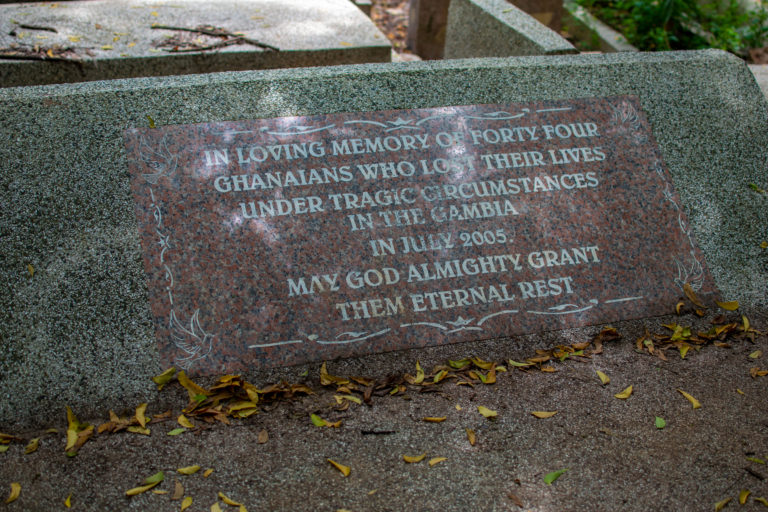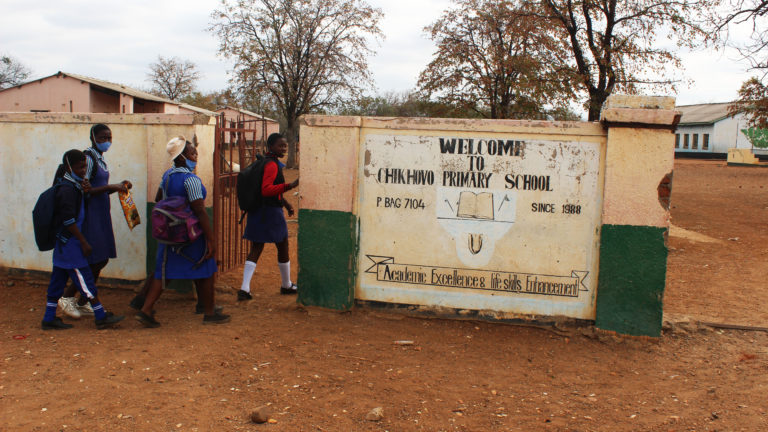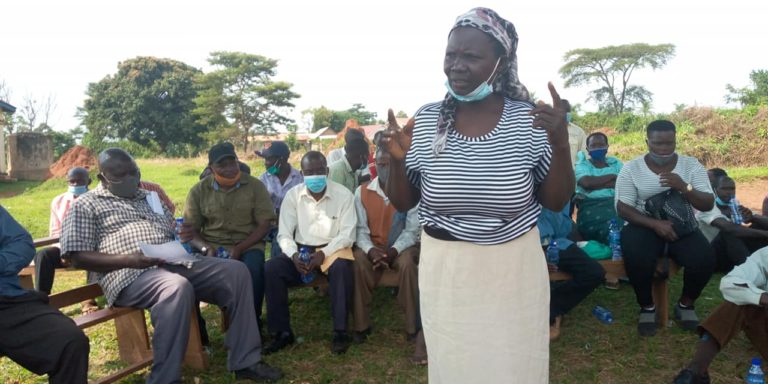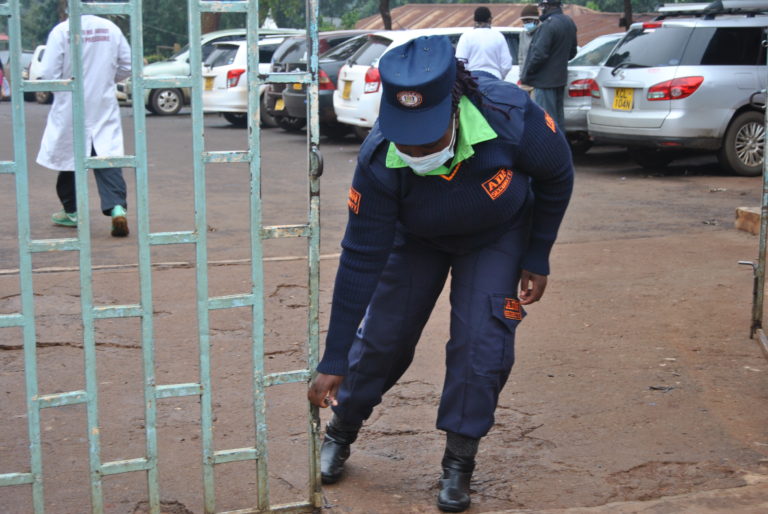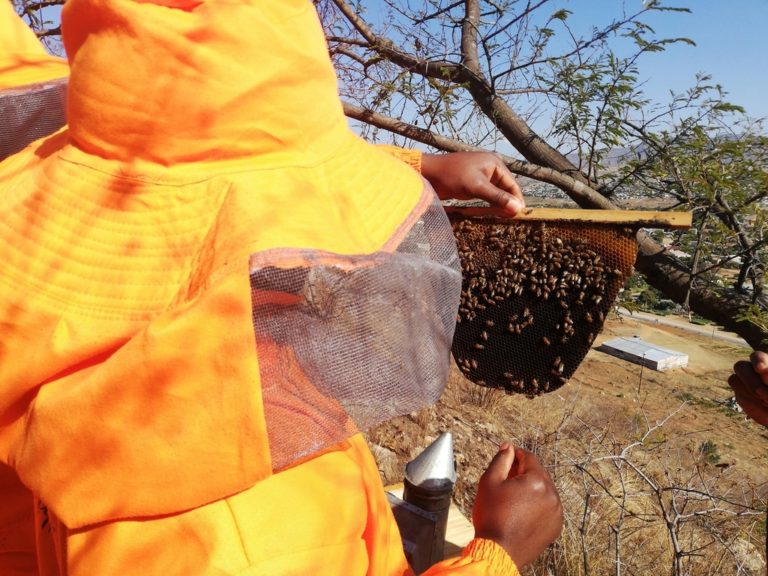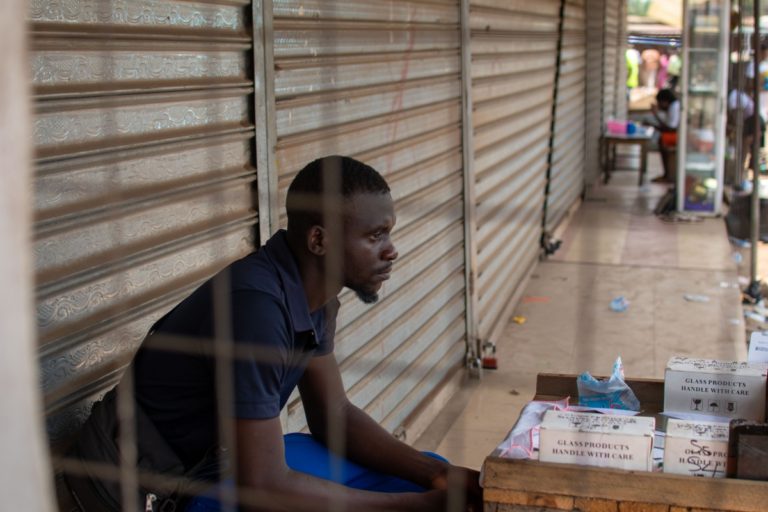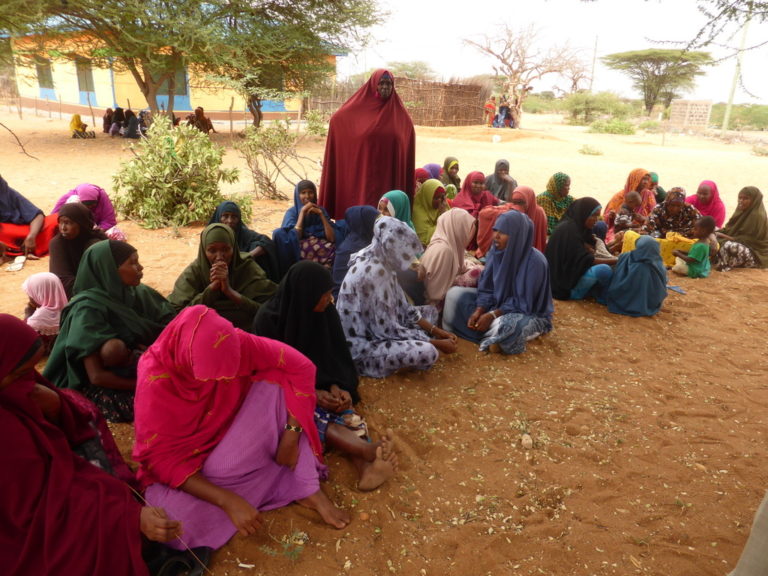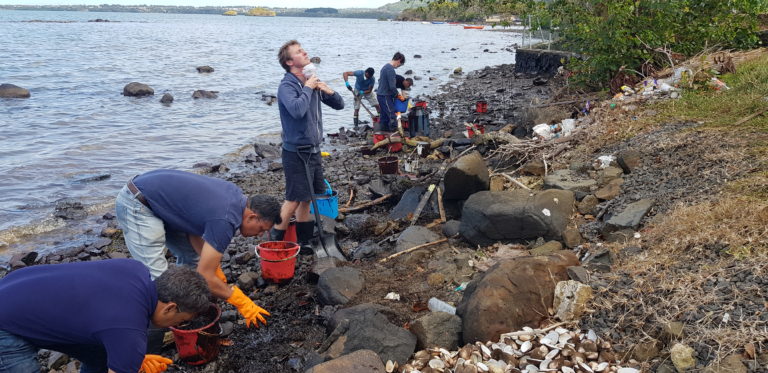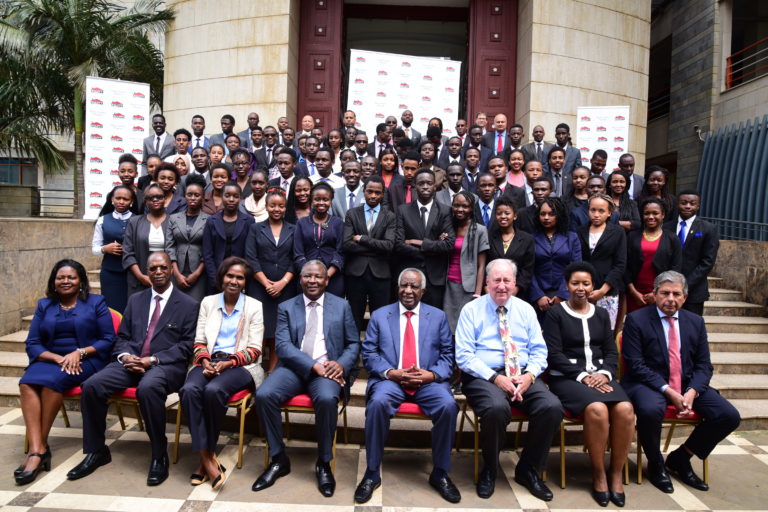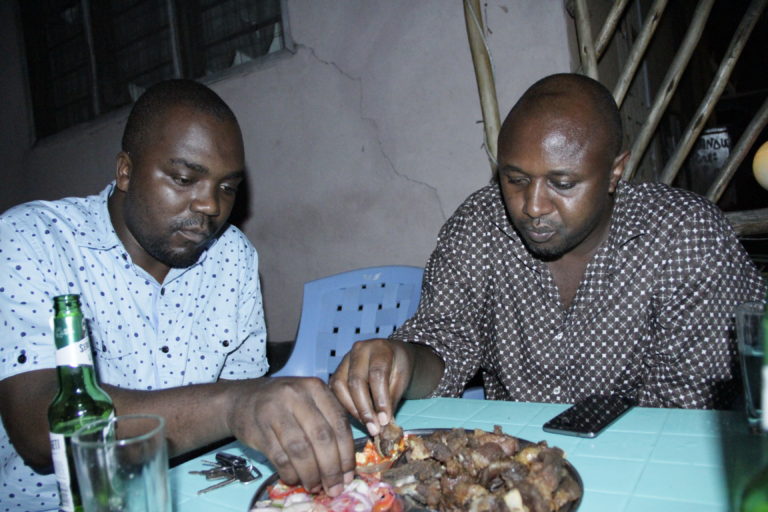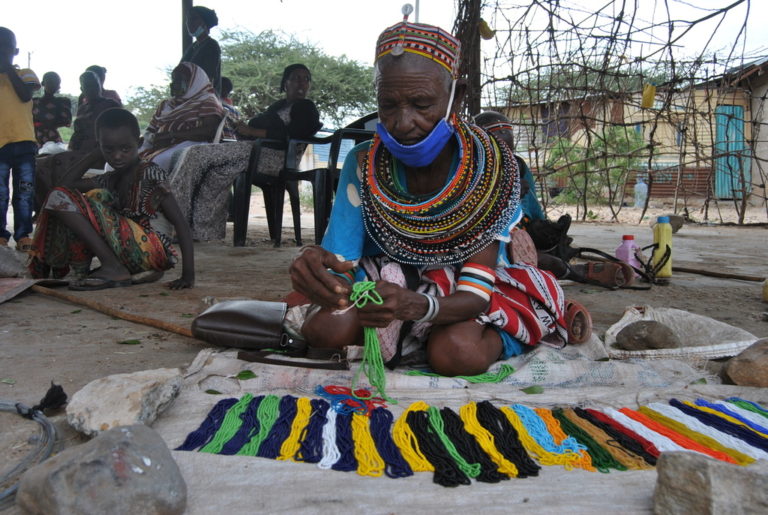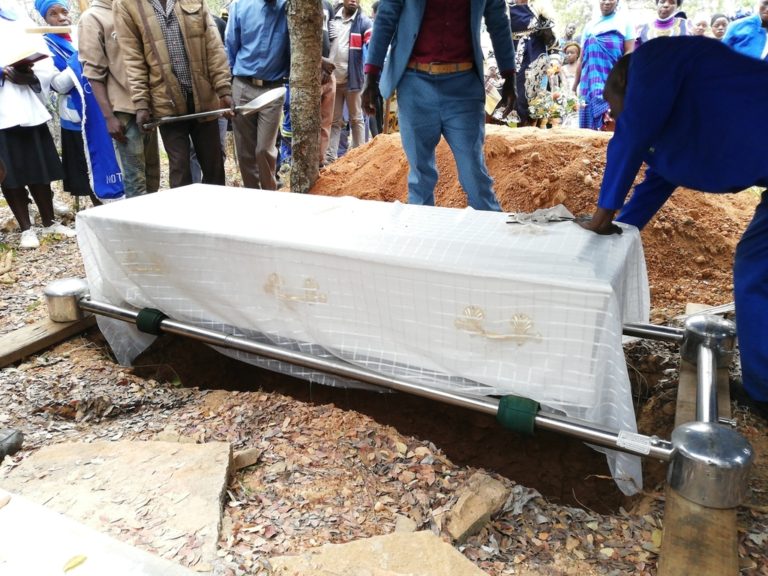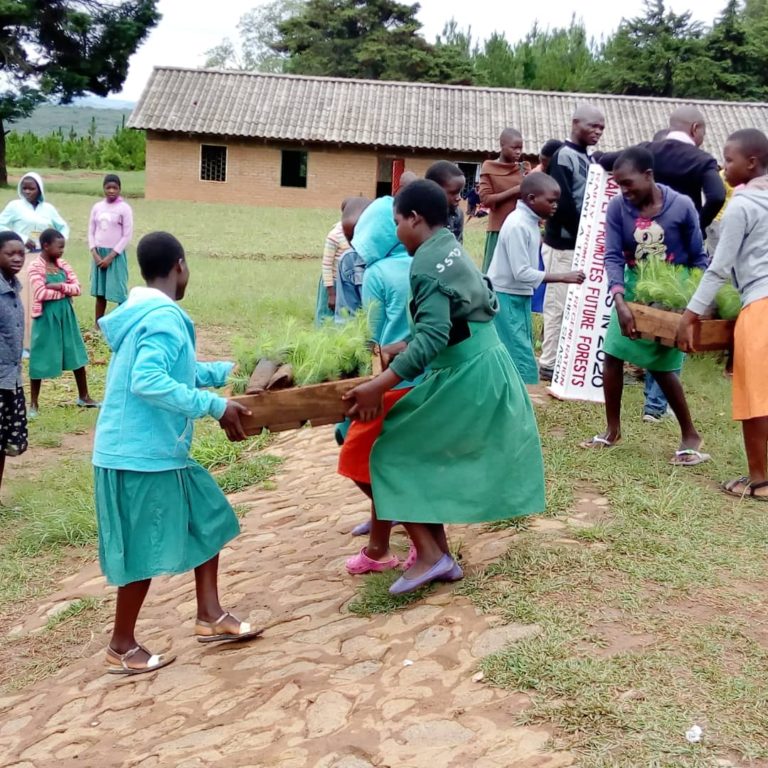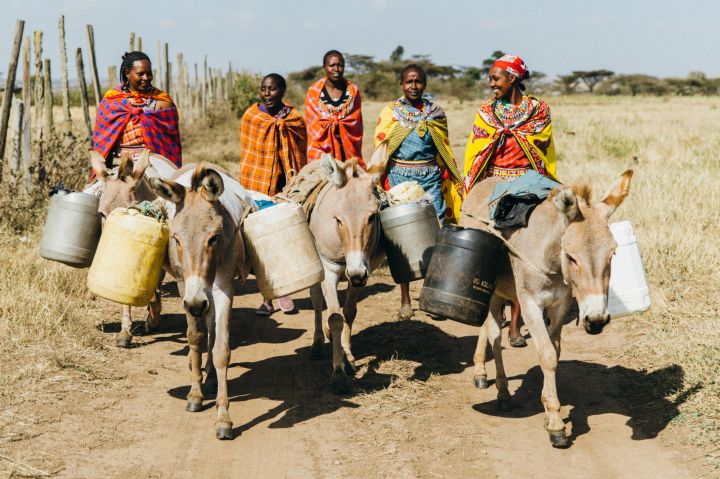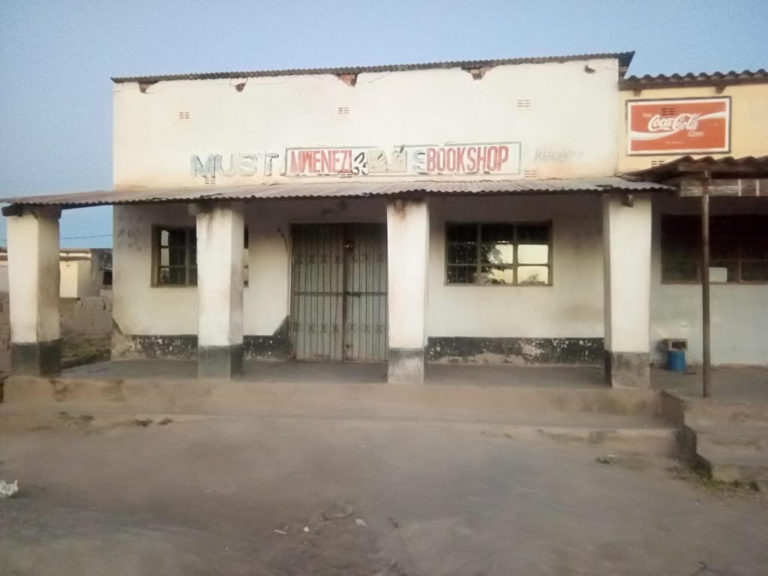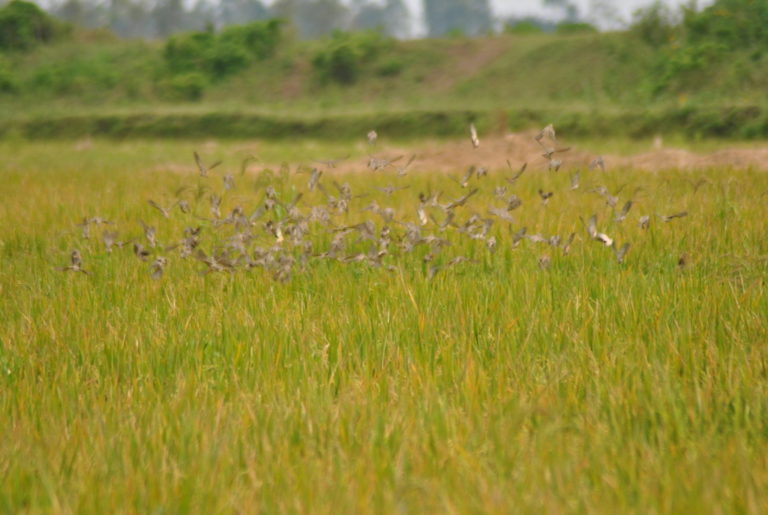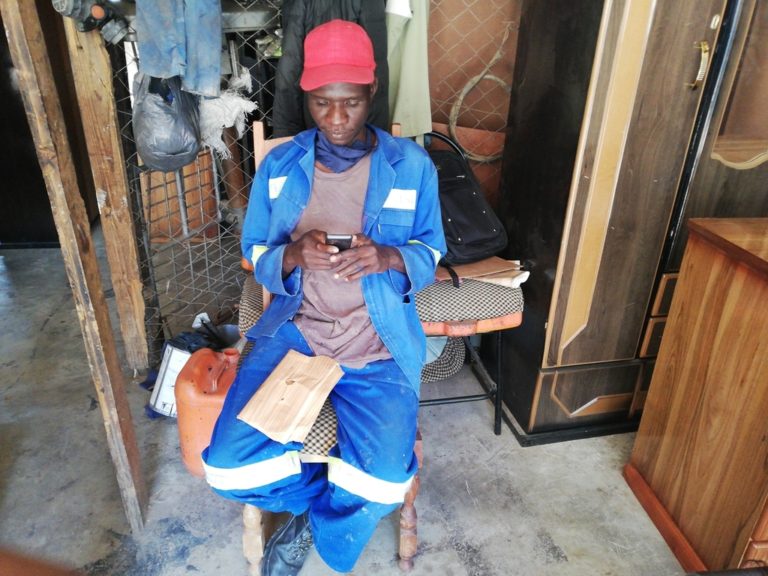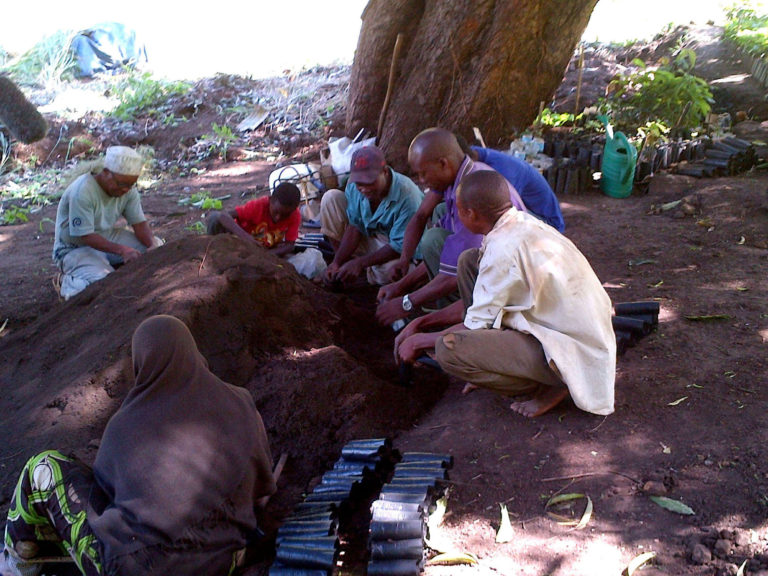Time does not always heal all wounds.
The sense of grief in the 2020 documentary ‘I Cannot Bury My Father’ is palpable as we watch the Mensah family receive compelling evidence that one of its own, Peter Mensah, was among the 44 Ghanaians murdered in The Gambia in July 2005.
His crime: trying to seek greener pastures in Europe to help his family.
The subject of the documentary and the victim’s son, Isaac Mensah, recounts to his family testimony from The Gambia’s Truth, Reconciliation, and Reparations Commission (TRRC) set up after Yahya Jammeh reluctantly stepped down as The Gambia’s president in December 2017.
It seemingly confirmed what they all knew deep down; that Jammeh had ordered the murder of his father and 55 other West African immigrants.
In July 2019, three former members of a paramilitary unit cum death squad, the Junglers, admitted that they and 12 others had carried out the killings on Jammeh’s orders.
Jammeh presided over a brutal regime characterized by endemic human rights violations, including the reports of extrajudicial killings and torture associated with the massacre.
Almost 15 years on, the distraught Mensah family mourns like the day it first received reports of its son’s death in 2005. As the title of the documentary indicates, a lack of closure remains a burden on the hearts of Peter Mensah’s loved ones.
“This is the case you heard from someone that your relative has been murdered and you did not have the chance of giving that fellow a befitting burial,” Isaac Mensah said when he spoke to Ubuntu Times about the enduring pain of his family’s loss.
“It is not easy to forget someone you really cherish most especially when you cannot bury the person; most especially when you cannot give the person a proper funeral.”
In 2009, the remains of eight individuals purported to be Ghanaian victims of the massacre were returned to Ghana by The Gambia for burial. There has been no independent corroboration of this fact. Isaac Mensah’s family also says it was not contacted for any possible DNA testing.
The Ghana government’s handling of this tragedy has long been suspect. Eyebrows were raised when, in 2009, The Gambia and Ghana also signed a Memorandum of Understanding acknowledging that the Gambian government was not complicit in the killings.
This was after a joint investigation by the United Nations and the Economic Community of West African States concluded that Jammeh did not order the killings.
The Gambia also paid US$500,000 in compensation to Ghana and about US$6,800 (in cedis at the time) was given to each of the victim’s families.
The payment was all but a spit in the face for persons who desired, above all, justice.
Professor Kwame Karikari has been tied to this harrowing tragedy and the pursuit of justice almost since day one.
He was the Executive Director of Media Foundation for West Africa in 2005 when it was, coincidently, searching for a journalist who went missing under the Jammeh regime.
It has been a decade and a half and Prof. Karikari is fuzzy on some peripheral details as he recounts the early days of his involvement to Ubuntu Times. But the central thread of violence and human rights abuses his outfit followed remains as clear as ever.

The missing journalist on the foundation’s radar at the time was one Chief Manneh. Its correspondent in The Gambia had been directed to a police station in Banjul as he followed the trail of this missing journalist. It was there he found some Ghanaians and Nigerians in cells who had been accused of being mercenaries.
These West African migrants may have been among persons who found themselves in detention after leaving Senegal’s capital Dakar in a pirogue. It ran out of fuel and came ashore in The Gambia after they lost contact with their guide. The travellers were then arrested, detained and tortured for a week in Banjul after which they were handed over to the Junglers.
Prof. Karikari recalled that his correspondent dug further for some security sources who indicated that other West African migrants had been murdered.
“In all of this, we learned more about these disappearances. So we issued an alert about this. That is how come it [the massacre] was publicized in the world. It was the Media Foundation that brought this up.”
In the years following the massacre, the foundation worked with the Commonwealth Human Rights initiative in a bid to get the Ghana government to take more of an interest in the case.
This eventually culminated in a series of fact-finding missions to The Gambia, the memorandum and the return of the eight bodies purported to be Ghanaian victims.
The wheels of justice have ground ever so slowly since and it wasn’t until 2016 that a ray of light emerged. Jammeh had been defeated in the country’s presidential election and was forced into exile in 2017 in Equatorial Guinea.
Campaigners suddenly smelled blood after this turn of events and the Justice2Jammeh campaign was born. It was a movement that set the tone for movements like the Justice for GH44, of which Prof. Karikari is the lead campaigner.
The terms of engagement for the group are quite simple, though Prof. Karikari is wary of the complex diplomatic machinations.
“Our cause is that the Ghana government must be up there in protecting its citizens and seek the trial of Yahya Jammeh.”
The diplomatic concerns are the reason the government’s actions, or lack thereof, are critical for the campaigners.
Human Rights Watch and Trial International are building a case to prosecute Jammeh but it remains unlikely that the former despot will be extradited from Equatorial Guinea for trial in Ghana as is desired.
The campaigners are still willing to try though.
“It is only pressure of civil society that will make the government go beyond diplomatic niceties and make formal claims for repatriating the fellow [Jammeh],” Prof. Karikari stresses.
Isaac has also been pulling his weight on the civil society circuit. He has collaborated with the African Network against Extra-Judicial Killings and Forced Disappearances since 2018 and he has had questions about the government’s desire to uphold one of the core tenets on Ghana’s coat of arms.
And Isaac is convinced he is doing his part as well as he can. He speaks like his father may still be watching him from around a nearby corner and his mission is the only thing that may offer his father “a peaceful rest.”
“I want him to feel wherever he is that his son is pursuing justice.”
But since the former Junglers’ confessions, Isaac has been at a loss as to the lack of impetus from the state machinery. “I don’t see any push from the Ghanaian government,” he laments.
The last time the government commented publicly on the killings was in August 2019 when Ghana’s Foreign Affairs Minister said the Akufo-Addo administration was fully committed to ensuring justice.
“I can tell you that we are taking the matter very seriously because one murder of a Ghanaian is one too many,” she said.

But actions speak louder than words. This is especially so for Martin Kyere, the sole survivor from the atrocity, who is sure to be the key witness if Jammeh is ever hauled to trial for the atrocities he oversaw.
The trader, now 39-years-old, has pressed on with the trauma of his near-death experience for the past 15 years.
He doesn’t go over the details of that July night in The Gambia where he leapt from the bucket pick-up truck and fled into a dark forest amid sounds of gunshots and cries of men being led to their death.
It is a story he has told over the years since he started his personal campaign for justice in Berekum, in Ghana’s Bono Region.
What Martin wants people to identify with now is his anger and heartbreak. He feels less Ghanaian as the years go by and questions the value of his life in the eyes of the state.
“There has not been a single day that the Ghana government on its own has even thought it important to call the victim’s families,” he says in a vexed tone to Ubuntu Times.

Martin no longer has much trust in the Ghana government. He is certain the push for justice would have died down “if we left it with only Ghana authorities and the Ghanaian government alone.”
He is even more incensed when he reflects on the testimony of the former Junglers and unsurprisingly, Ghana’s current president, Nana Akufo-Addo, bears the brunt of this anger.
President Akufo-Addo was Ghana’s Foreign Affairs Minister 15 years ago when the massacre happened and has always touted himself as a proponent of human rights. These virtues have not manifested in any meaningful way in the mission to bring Jammeh to justice.
Martin actually seems insulted by the fact that on an anniversary year that should prompt introspection, the only things on President Akufo-Addo’s mind are votes and his re-election prospects ahead of polls in December.
A political class that has shown little value for his life does not deserve a ballot with his thumbprint on it, he surmises.
“Shamelessly, we have not seen our President, who is currently touring the country, saying a word about that [the killings] and he is coming to the people saying vote for me,” Martin fumes.
“If you see me going to vote that means I have lost my senses.”

